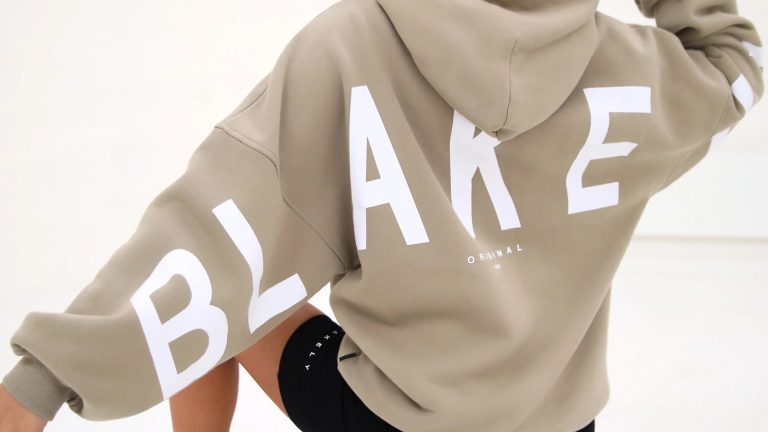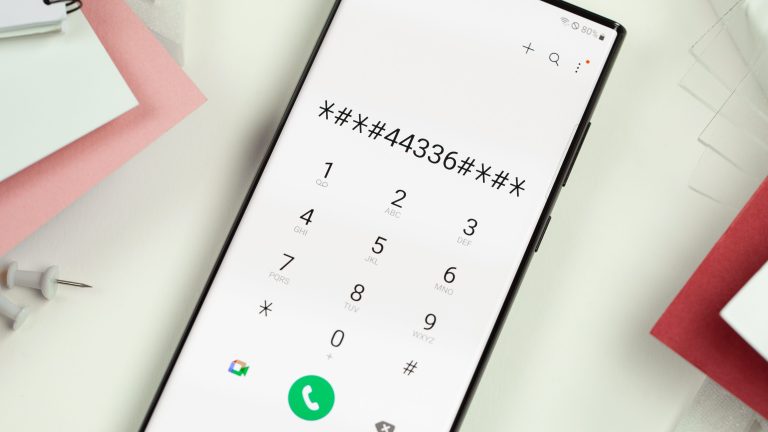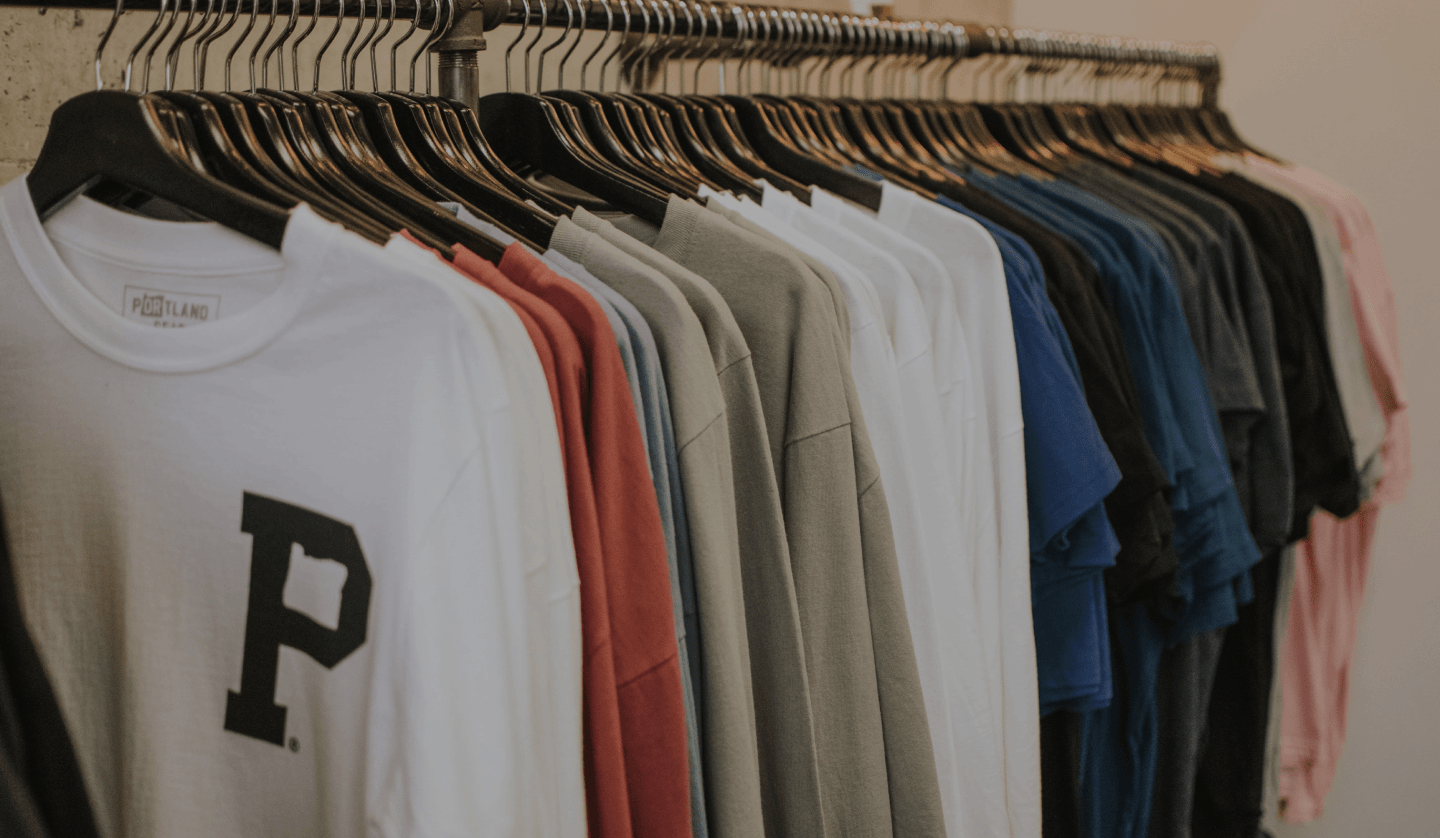
If you want to order t-shirts in Kenya for your bridal party or a family gathering, you’ll need to pick which printing method to utilize. Every printing technique has its own distinct style and degree of difficulty. How do you know which type of t-shirt printing in Kenya to choose when there are so many options?
Direct to garment, direct to film, sublimation, and screen printing are the most common forms of t-shirt printing in Kenya. For small-scale printing applications, techniques like vinyl cuts, heat transfers, and stenciling perform effectively. Indirect screen printing, discharge printing, and airbrushing are some other options.
Types of Printing on T-Shirts in Kenya
T-shirts can be printed using a variety of techniques, including directly applying ink to the fabric, applying ink to a paper or transfer that then adheres to the fabric, or even cutting out vinyl to adhere to the shirt’s fabric.
Every technique necessitates the use of specialized equipment and supplies. Some projects require high-tech equipment, while others can be completed with simple craft supplies. As a result, some forms of printing may have quite expensive start-up costs.
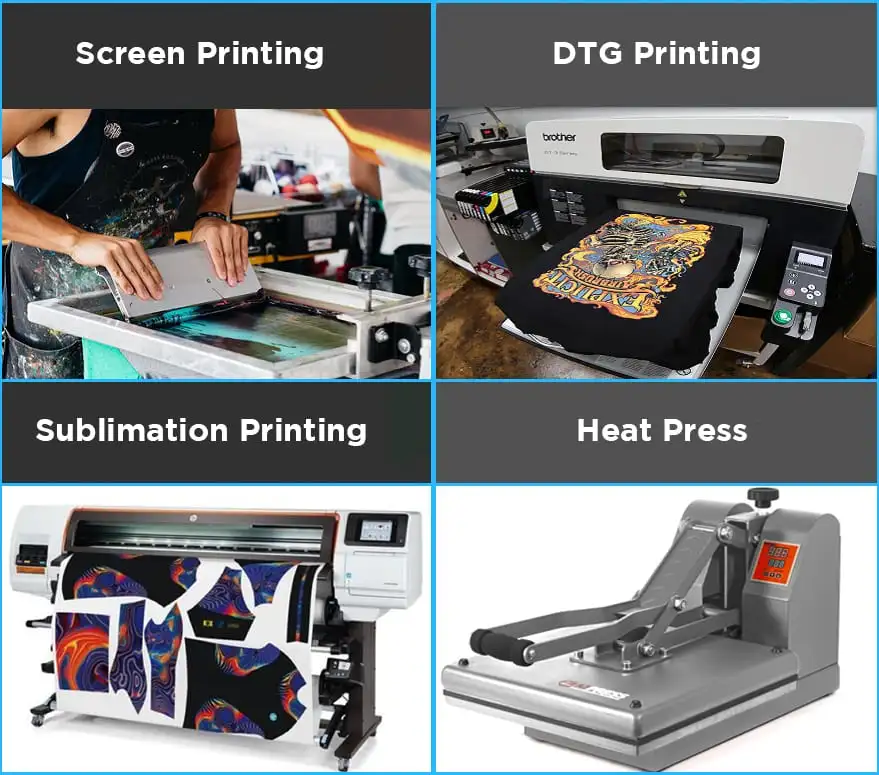
Another thing to remember is that some procedures work better on certain fabric types, such as polyester vs. cotton.
Finally, some printing technologies are good for one or two shirts, but others involve so much setup time that you’ll get a much better return on your investment if you can handle huge batches of shirts at once.
Take a look at how all of the different forms of t-shirt printing work in this overview!
1. Screen Printing in Kenya
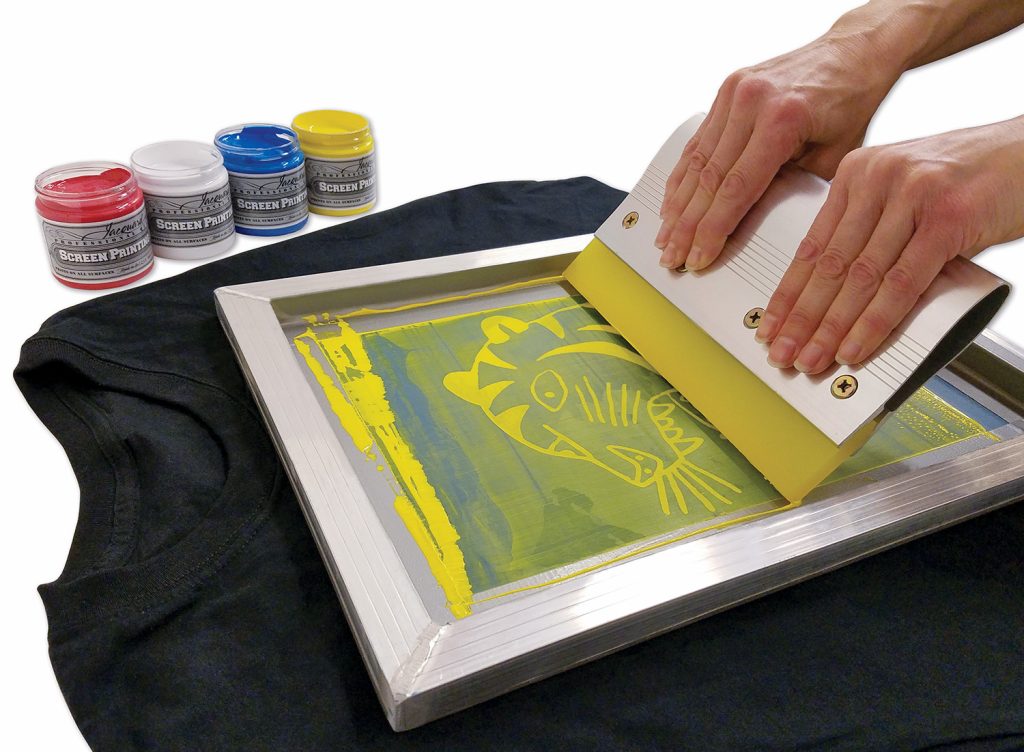
It is the most popular among professionals. Silkscreen printing is another term for this design.
You’ll need a stencil and nylon mesh for this method to operate. You place the stencil on the nylon mesh, which holds it in place. A water-resistant substance will obstruct the negative area you wish to create.
The dye is only permeable through the negative space. The screen is then saturated with ink.
Because it ensures perfect duplication of the design, the screen printing method is suitable for printing high-quality t-shirt designs. Customers adore the unique, adorable, and stunning look that screen printing offers a shirt.
For mass production of t-shirt designs for your business, the majority of companies use screen printing technologies. It may be impossible to create a distinct or unique design for oneself.
This strategy works well with a single color per screen. It’s not the best choice for multi-color designs with a lot of detail.
2. Heat Press Printing

This goes hand in hand with DTF Printing, Sublimation and Vinyl Printing and all require the heat press to fit and embed the artwork to the T-shirt.
If you only have a few shirts to print, heat press printing is the most cost-effective option. It helps you save money and time.
This approach uses a design printed on transfer paper, which is a special type of paper. This is how it goes.
You start by pressing a shirt against the best heat transfer vinyl, then applying heat and pressure. A more similar approach, with minor modifications, to dye sublimation. You repeat the process until the heat softens the dye on the paper to the point where it can be seen beneath the cloth.
After that, you remove the dye from the glossy paper transfer, leaving you with the intended design on the shirt.
If you’re dealing with extremely intricate drawings, the heat and press method is great. Because of the translucent dye, it will not work with dark materials.
Shirts with heat press printing are long-lasting.
3. Direct To Garments (DTG)
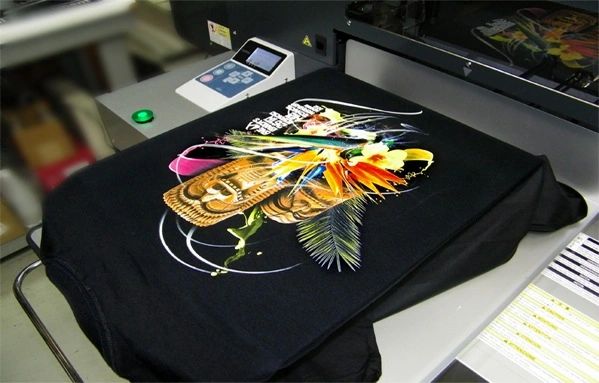
DTG works in the office like a paper printer. The main distinction is that the ink is applied to the fabric in this situation. You must first save the design to your computer, which will give it individuality and creativity.
For printing out super-complex designs, the Direct To Garment approach is ideal. When you touch the final design, it offers you a soft feeling in your hands. Because the shirt is thin, the ink utilized does not produce bulky extra layers.
It does, however, have one flaw. If you use a low-quality textile printer, you may end up with a low-resolution design with dot patterns. Because the ink is tiny and won’t show up well on dark fabric, you can’t use this method to make a design.
DTG is the least long-lasting, and the cloth can fade in as little as a year.

